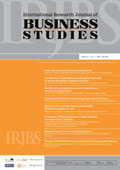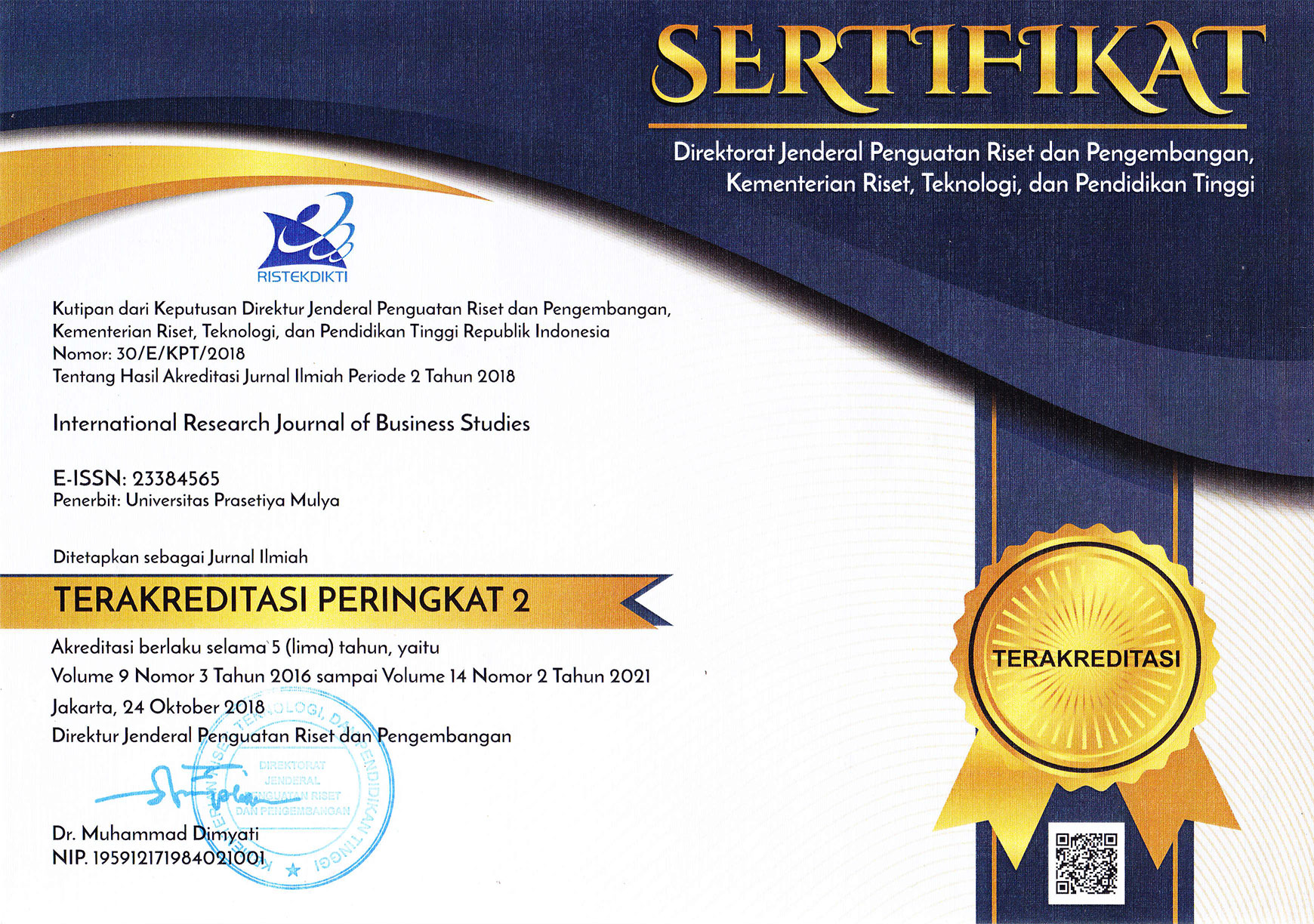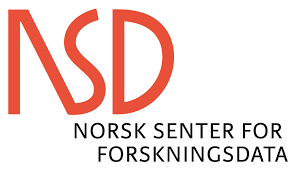Article Metrics |
|
|
Effect of Corporate and Dividend Income Tax Rates on Bank Capital
Abstract
Keywords
Full Text:
References
Afrianto, H. F. (2018). Tax Competition for Foreign Direct Investment in ASEAN : Is Corporate Income Tax Harmonization the Solution ? 2018, 1085–1118. https://doi.org/10.18502/kss.v3i11.2832
Ashcraft, A. B. (2008). Does the market discipline banks ? New evidence from regulatory capital mix. 17, 543–561. https://doi.org/10.1016/j.jfi.2007.05.003
Beirne, J., & Friedrich, C. (2017). Macroprudential policies, capital flows, and the structure of the banking sector. Journal of International Money and Finance, 75, 47–68. https://doi.org/https://doi.org/10.1016/j.jimonfin.2017.04.004
Bremus, F., Schmidt, K., & Tonzer, L. (2020). Interactions between bank levies and corporate taxes: How is bank leverage affected? Journal of Banking and Finance, 118, 105874. https://doi.org/10.1016/j.jbankfin.2020.105874
Diemer, M. (2017). Bank levy and bank risk-taking. Review of Financial Economics, 34, 10–32. https://doi.org/https://doi.org/10.1016/j.rfe.2017.06.001
Fan, J. P. H., Titman, S., Twite, G. (2010). An international comparison of capital structure and debt maturity choices. An International Comparison of Capital Structure and Debt Maturity Choices. Retrieved from http://www.nber.org/papers/w16445
Gale, D., & Gottardi, P. (2020). A general equilibrium theory of banks’ capital structure. Journal of Economic Theory, 186, 104995. https://doi.org/10.1016/j.jet.2020.104995
Gambacorta, L., Ricotti, G., Sundaresan, S. M., & Wang, Z. (2018). The Effects of Tax on Bank Liability Structure. SSRN Electronic Journal, 138(July). https://doi.org/10.2139/ssrn.2946984
Heckemeyer, J. H., & De Mooij, R. A. (2017). Taxation and corporate debt: Are banks any different? National Tax Journal, Vol. 70, pp. 53–76. https://doi.org/10.17310/ntj.2017.1.02
Horváth, B. L. (2020). The interaction of bank regulation and taxation. Journal of Corporate Finance, 64(March), 101629. https://doi.org/10.1016/j.jcorpfin.2020.101629
Japan Research Institute. (2012). The Roles and Functions of the Banking Sector in the Financial System of the ASEAN+3 Region. Report to the ASEAN+3 Secretariat, (March), 1–345.
Keen, M. (2011). The Taxation and Regulation of Banks. IMF Working Paper.
Lee, C. C., & Hsieh, M. F. (2013). The impact of bank capital on profitability and risk in Asian banking. Journal of International Money and Finance, 32(1), 251–281. https://doi.org/10.1016/j.jimonfin.2012.04.013
Lim, S. H., & Reyes, N. G. (2014). Financial Monitoring in the New ASEAN-5 Countries ADB Working paper Series on Regional Economic Integration. (134).
Martin-flores, J., & Moussu, C. (n.d.). Is bank capital sensitive to a tax allowance on marginal equity ? (2016), 325–357. https://doi.org/10.1111/eufm.12163
Modigliani, F., & Miller, M. H. (1958). The Cost of Capital, Corporate Finance, and the theory of investment. The American Economic Review, 568(3), 261–297.
Modigliani, F., & Miller, M. H. M. (1963). Income Taxes and the Cost of Capital : A Correction. American Economic Review, 53(3), 433–443. https://doi.org/10.1126/science.151.3712.867-a
PricewaterhouseCoopers. (2018). Worldwide tax summaries. Corporate taxes 2018/19. 2839. Retrieved from http://taxsummaries.pwc.com/vwLUFiles/Archive_WWTS_Corporate_Taxes_2018-19_PDF/$file/PwC WWTS - Corporate Taxes 2018-19.pdf
Redoano, M. (2014). Tax competition among European countries. Does the EU matter? European Journal of Political Economy, 34, 353–371. https://doi.org/10.1016/j.ejpoleco.2014.02.006
Schandlbauer, A. (2017). How do financial institutions react to a tax increase? Journal of Financial Intermediation, 30, 86–106. https://doi.org/10.1016/j.jfi.2016.08.002
Schepens, G. (2016). Taxes and bank capital structure. Journal of Financial Economics, 120(3), 585–600. https://doi.org/https://doi.org/10.1016/j.jfineco.2016.01.015
Strebulaev, I. A., & Yang, B. (2013). The mystery of zero-leverage firms. Journal of Financial Economics, 109(1), 1–23. https://doi.org/10.1016/j.jfineco.2013.02.001
Teja, A. (2019). Tax rate and non-debt tax shield. Jurnal Riset Manajemen Dan Bisnis (JRMB) Fakultas Ekonomi UNIAT, 4(2), 257–268. https://doi.org/10.36226/jrmb.v4i2.261
Then, Grace; Gunawan, Michael, Fong, Hendra; Teja, A. (2019). Country tax regime and firm debt financing. Bina Ekonomi 23(2), 25–38.
Copyright (c) 2022 Adrian Teja
International Research Journal of Business Studies has been covered by the following services: | ||||||||||||||||||||||||
|



















